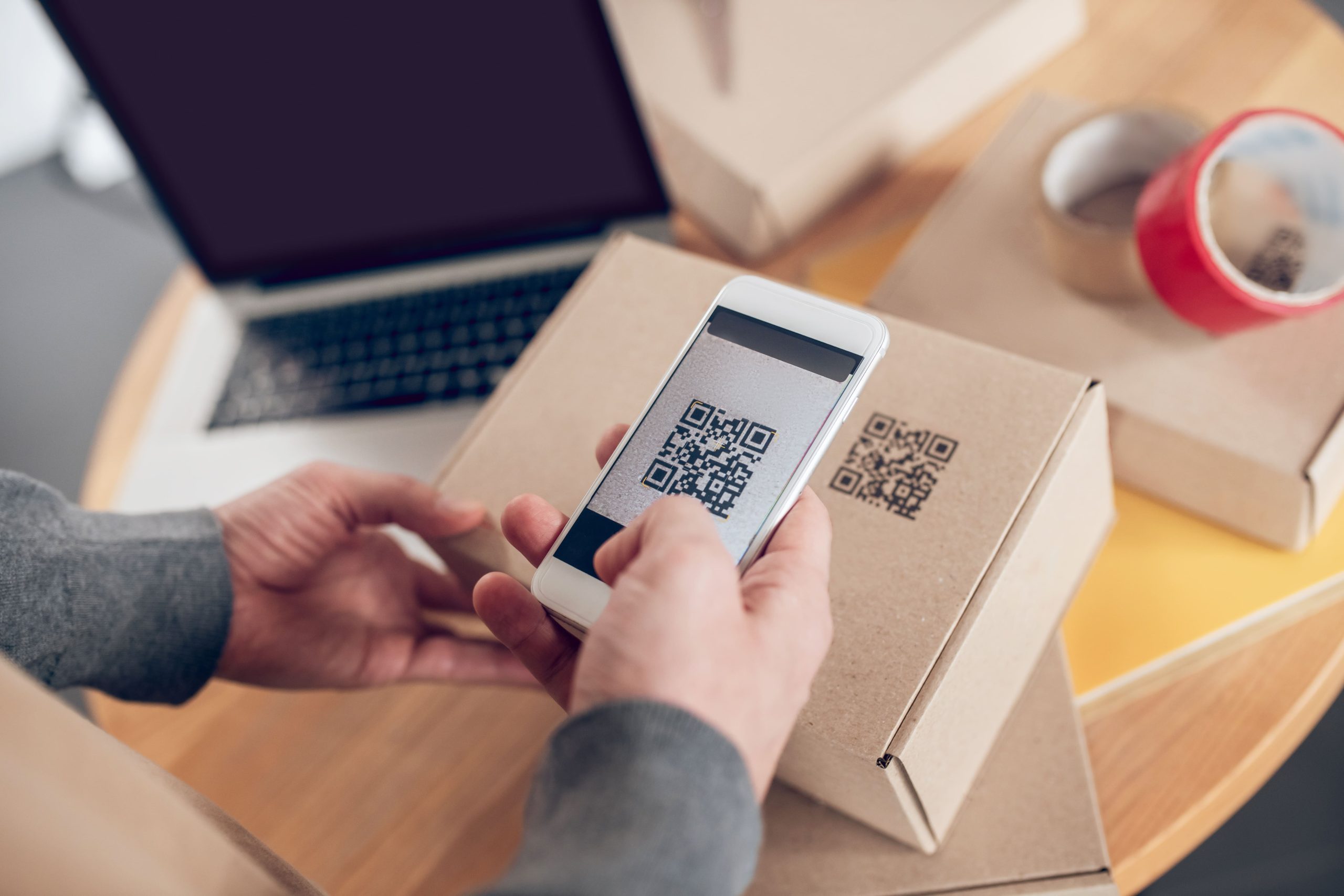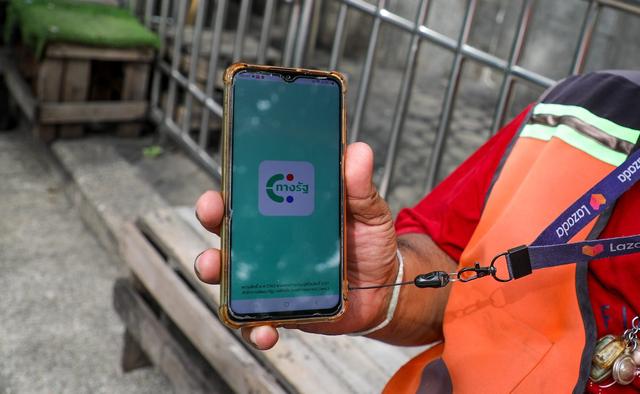To help the public recognize and respond to this new form of fraud, Pol. Lt. Wasuthep Jai-in, Deputy Inspector of the Special Operations and Patrol Division at the PDPC Eagle Eye Center, under the Office of the Personal Data Protection Committee (PDPC), shared insights and prevention tips on Thai PBS’s Wanmai Variety program, during the “Roo Than Kan Dai (Stay Ahead of Scams)” s egment .
What Is a Brushing Scam?
A Brushing Scam comes from the word “brush,” meaning to sweep or touch up—referring to the act
of “brushing up appearances.”
This scam first gained traction internationally about 2–3 years ago. It typically begins with free products being sent to people’s homes—either items they never ordered or unexpected freebies included with a legitimate purchase.
Afterward, recipients are prompted to leave product reviews by scanning a QR code or clicking a link included with the package. These reviews are then used to boost the credibility of online sellers. The scam has now made its way into Thailand.
“Brushing scams are a new tactic that makes it easier for scammers to reach people directly,” said
Pol. Lt. Wasuthep Jai-in.
“In the past, they relied on persuasive ads or online groups to lure victims. Now, the deception arrives right at your doorstep.”

In Thailand, Brushing Scams are carried out using any tactic that helps scammers reach as many people as possible.
Most often, they send inexpensive items—like keychains or wet wipes—along with a QR code that prompts recipients to scan and leave a product review. In some cases, a link is included to encourage direct contact. The scam typically unfolds as follows:
- Personal Data Collection
Scammers begin collecting personal information by sending low-cost or free items to your home,
often accompanied by a QR code prompting you to leave a product review. In some cases, they may trick recipients into downloading an app embedded with malware, which can hijack your phone and access sensitive data, including financial information.
- Building Trust
Once scammers obtain your personal data, they may reach out via chat, text messages, or phone
calls to build rapport and gain your trust. In some cases, they’ll follow up with claims of delivery
error or refund issues to lure you into deeper deception.
- Financial Deception
Finally, victims may be invited to join a group or participate in “review missions” in exchange for
special rewards or cash incentives. These schemes often lead to significant financial loss.
Who’s behind the scam?
Scammers often operate as part of a call center-style syndicate, with clearly divided roles.
The deception team is responsible for building trust and manipulating victims through various tactics. The target acquisition team focuses on attracting as many potential targets as possible. They do this by sending free items, creating online shops that offer unusually low prices, or launching eye- catching promotions. The Brushing Scam typically falls under this outreach strategy.

How to Protect Yourself from Brushing Scams
If you receive a parcel you didn’t order, do not scan any QR codes or click on any attached links included with the package. These may be tools scammers use to steal your personal information. For items you did order that require cash on delivery (COD), it’s best to refuse the package if the intended recipient isn’t home. Always confirm with family members before accepting COD deliveries to avoid mistakes charges or unauthorized transactions.
If the unsolicited parcel contains only small items—such as a keychain or souvenir—you may inspect the contents. However, avoid following any instructions provided via QR code or link, even if the message promises rewards or cash incentives.
Be especially cautious of follow-up phone calls from individuals claiming there’s an issue with the item and requesting additional information. This is a common tactic used to gain access to your data or deepen the scam.










